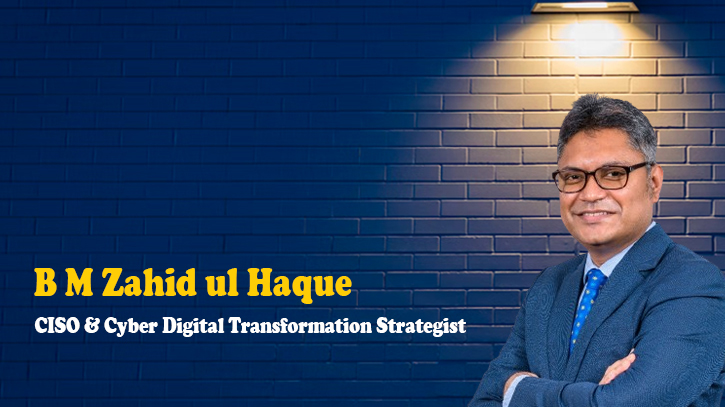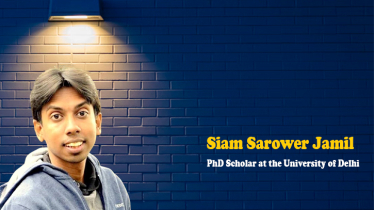
Photo : Messenger
MIT professor Sherry Turkle once insightfully remarked, "Technology is seductive when what it offers meets our human vulnerabilities. And as it turns out, we are very vulnerable indeed." In today's world, where the proliferation of digital devices and platforms has transformed how we communicate, work, and live, this statement resonates more deeply than ever. However, the constant connectivity offered by these technologies comes at a cost—digital stress.
This modern affliction, characterised by the tension and discomfort arising from excessive use of digital devices, manifests in various detrimental forms, including mental fatigue, anxiety, and a decline in physical health. With technology becoming increasingly integrated into every aspect of our lives, it is crucial to act now to mitigate the effects of digital stress.
Digital stress typically stems from being bombarded with too much information or feeling obligated to be available 24/7, particularly sometimes for job-related tasks. This stress can also arise from compulsively checking devices for emails, social media updates, or casually browsing the internet. Such constant engagement leaves little time for our brains to rest, leading to heightened stress levels. Young adults or teenagers, active on social media are especially at risk, as their social interactions and self-esteem are often closely linked to these digital platforms.
Research, including studies by the American Psychological Association, indicates that "constant checkers"—those who frequently check their emails, texts, and social media—are significantly more stressed than those who do not. The deluge of daily information through emails, social media, news alerts, and more can be overwhelming and is a fundamental aspect of digital stress. This is exacerbated in corporate cultures that emphasise perpetual connectivity and rapid response times, further contributing to stress in the workplace.
The phenomenon of Fear of Missing Out (FOMO) is particularly potent in enhancing digital stress. Social media platforms expertly create a sense that others are leading more exciting or fulfilling lives, which can induce feelings of envy and anxiety. Moreover, digital devices facilitate multitasking—such as checking emails during family meals or texting while watching TV—which dilutes our focus, reduces efficiency, and increases stress.
Physically, poor practices in how we use our devices contribute further to stress. Poor posture, infrequent breaks, and prolonged screen time can lead to physical discomfort and fatigue, exacerbating the psychological impacts of digital use.
The repercussions of unmanaged digital stress are profound. It can adversely affect mental health, leading to anxiety or depression; disrupt sleep; and cause physical symptoms like headaches, eye strain, and musculoskeletal issues due to poor ergonomic practices. If left unchecked, this can evolve into digital burnout, marked by emotional exhaustion and diminished personal accomplishment.
Socially, digital stress can lead to being physically present but mentally distracted during social interactions, which can erode personal relationships and foster a pervasive sense of isolation. In professional settings, it undermines productivity and increases error rates as employees juggle multiple digital tasks.
To manage digital stress effectively, establishing clear technology boundaries is essential. This might involve disabling notifications from certain apps, setting specific times for checking digital devices or establishing device-free zones during meals and before bedtime. Creating tech-free areas in the home, like bedrooms and dining rooms, promotes better sleep hygiene and family interactions.
Taking regular breaks from digital devices is crucial. Techniques like the 20-20-20 rule—every 20 minutes, spend 20 seconds looking at something 20 feet away—can mitigate eye strain and provide mental breaks. Longer digital detoxes during weekends or vacations can also help rebalance one's digital engagement. Engaging in hobbies that do not involve screens, such as reading, gardening, or playing musical instruments, provides the necessary respite from digital stimuli. Additionally, mindfulness practices like meditation or deep-breathing exercises can be powerful tools in managing the anxiety and stress associated with digital overconsumption.
Internationally, various initiatives highlight how different cultures address digital stress. For example, France has enacted the "right to disconnect" law, allowing employees to ignore work-related digital communications outside office hours. German companies like Volkswagen have implemented email blackout periods after work hours to help employees disconnect. In Asia, Japan and South Korea focus on reducing workplace stress and regulating children's digital usage through curfews and other policies. In the U.S., while there is no federal legislation targeting digital stress directly, companies like Google and Apple have developed features to monitor app usage and allow users to set limitations on their screen time. Educational programs are also promoting digital citizenship and healthy technology use among students.
As technology's role in our lives continues to expand, it is imperative to manage our interaction with digital devices consciously. By setting boundaries, taking breaks, engaging in non-digital activities, and practicing mindfulness, we can harness the benefits of technology without succumbing to its stresses. These strategies not only enhance our well-being but also transform our digital habits into sources of strength rather than sources of stress, ensuring that we maintain a healthy balance in our increasingly digital world.
The writer is an Experienced CISO and Cyber Digital Transformation Strategist. He can be reached at [email protected].
Messenger/Fameema








